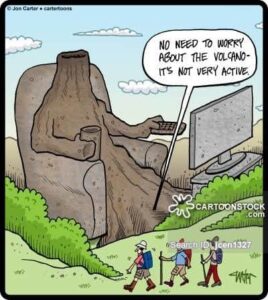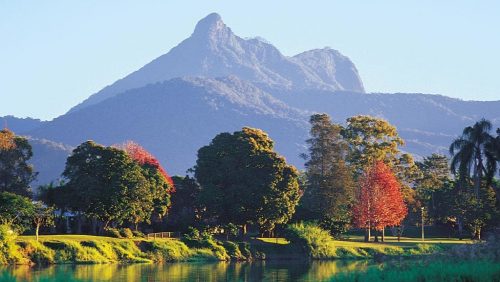Australia’s mainland is home to nearly 150 volcanoes but are categorized as dormant or extinct as none of them has erupted for about 4,000 to 5,000 years.
However, there are two active volcanoes located 4000 kilometres south west of Perth in the Australian Antarctic Territory: Heard Island and the nearby McDonald Islands.
The lack of volcanic activity is due to the island’s location in relation to a tectonic plate, the two layers of the Earth’s crust (or lithosphere). These plates move, float, and sometimes fracture; and, when they shift, they can cause natural occurrences like volcanic eruptions, earthquakes, and continental drift.
List of Volcanoes in Australia
A volcano is an opening in the Earth’s surface where molten rock can escape from underneath.
What to look for
- If there is a hill that looks out of place in a flat landscape, it’s likely that lava built it up at a vent.
- A rounded lake with a low hill most of the way around is likely to be a maar volcano, where the eruption created a hole in the ground that became a lake.
- A hill with rounded edges and a dip in the middle is likely to be a volcano.
- Hard grey-blue rock with some holes in it is most likely basalt. The nearest hill could be a volcano.
- A hill that has lots of black or red rocks full of bubbles is a volcano. The bubbly rock is known as scoria.





